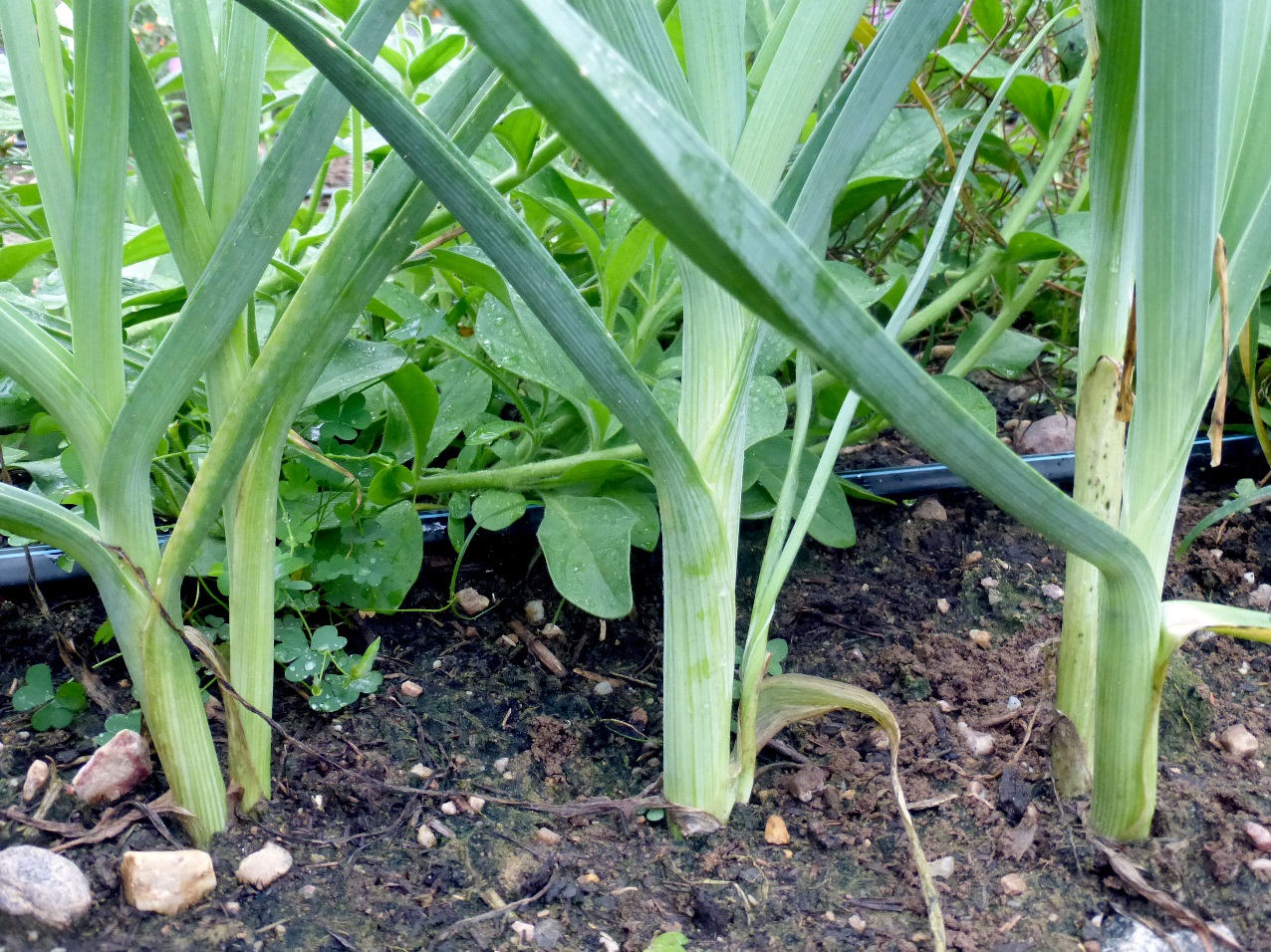King Richard Leek
The King Richard leek is a popular variety known for its long, slender stems and mild flavor. Its
bright white stalks contrast beautifully with the dark green leaves, making it both visually
appealing and versatile in the kitchen. It’s often praised for its uniformity and ease of cultivation.
The King Richard leek is a popular variety known for its long, slender stems and mild flavor. Its
bright white stalks contrast beautifully with the dark green leaves, making it both visually
appealing and versatile in the kitchen. It’s often praised for its uniformity and ease of cultivation.
Description
The King Richard leek is a popular variety known for its long, slender stems and mild flavor. Its
bright white stalks contrast beautifully with the dark green leaves, making it both visually
appealing and versatile in the kitchen. It’s often praised for its uniformity and ease of cultivation.
To plant King Richard leek variety
1. **Selecting a Site:** Choose a sunny spot in your garden with well-drained soil. Leeks prefer
fertile soil with a slightly acidic to neutral pH.
2. **Preparing the Soil:** Work the soil to a depth of about 8-10 inches, removing any weeds, rocks, or debris. Incorporate organic matter like compost or well-rotted manure to improve soil
fertility and drainage.
3. **Sowing Seeds:** Start seeds indoors 8-10 weeks before the last frost date in your area. Plant seeds ¼ inch deep in trays or pots filled with seed-starting mix. Keep the soil consistently
moist and maintain temperatures around 65-75°F (18-24°C) for optimal germination.
4. **Transplanting:** Once seedlings have grown to about pencil thickness (about 6-8 inches tall)
and have developed several leaves, they are ready to transplant. Plant them in the garden bed, spacing them 6 inches apart in rows with 12-18 inches between rows.
5. **Watering:** Keep the soil consistently moist, but not waterlogged, throughout the growing
season. Leeks need regular watering to thrive.
6. **Fertilizing:** Side dress the leeks with a balanced fertilizer about 4-6 weeks after
transplanting to encourage healthy growth. Avoid fertilizers high in nitrogen, as this can
promote excessive foliage growth at the expense of bulb development.
7. **Hilling:** As the leeks grow, gradually mound soil around the base of the plants to blanch
the stems and encourage longer, tender white portions.
8. **Harvesting:** King Richard leeks typically mature in 90-120 days. Harvest them when the
stems are about 1-1.5 inches in diameter. Use a garden fork to gently loosen the soil around the
base of the plants, then carefully lift them out of the ground. Trim the roots and any damaged
leaves before storing or using.





